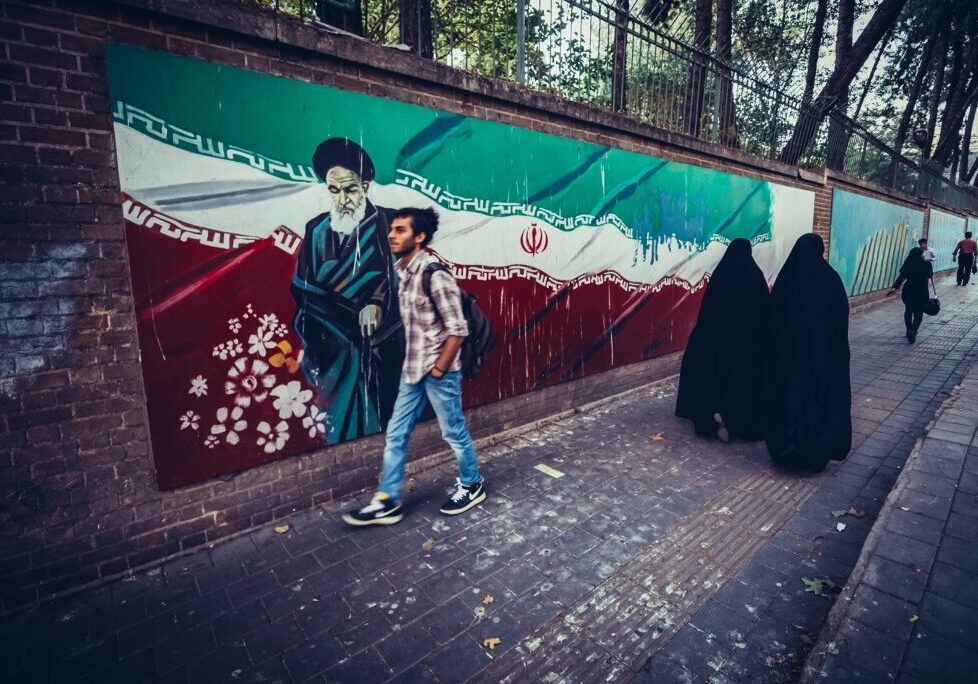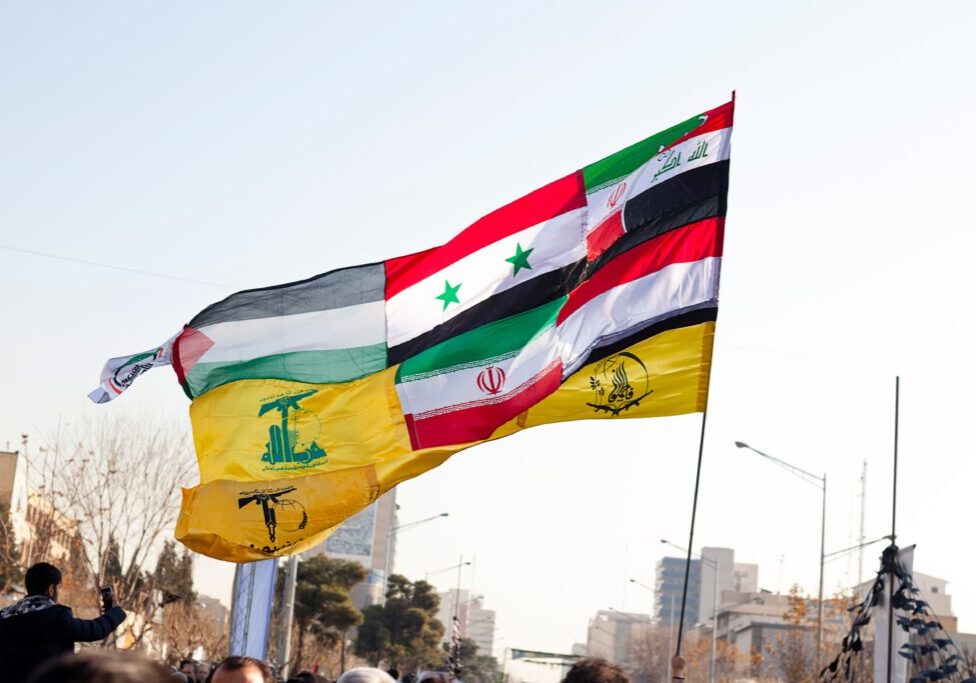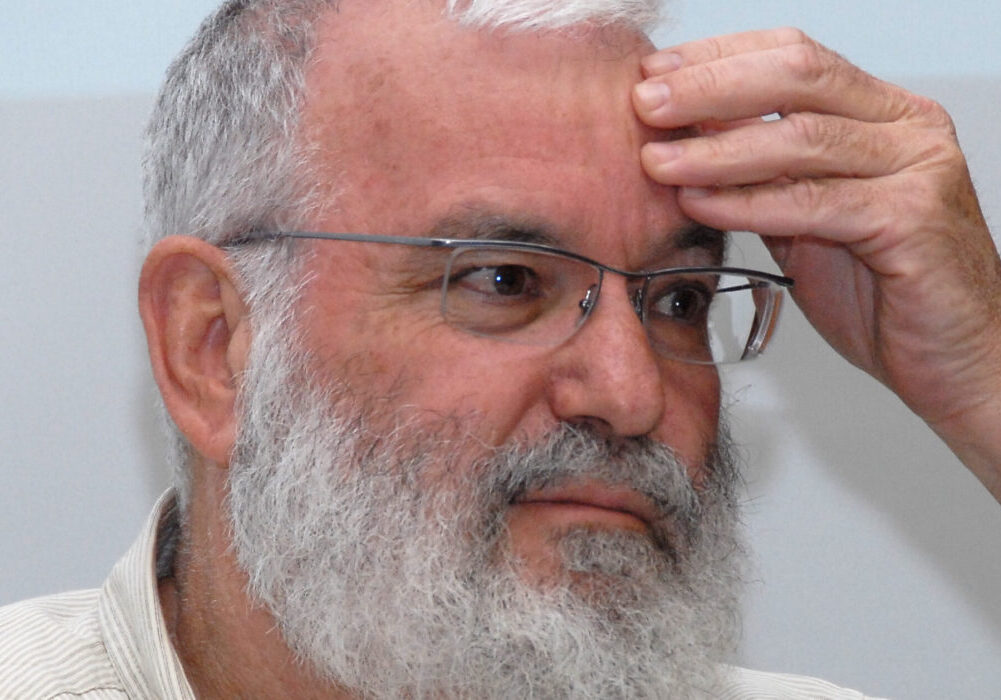Australia/Israel Review
Trump’s landmark visit to the Gulf
May 28, 2025 | Eldad Shavit, Yoel Guzansky
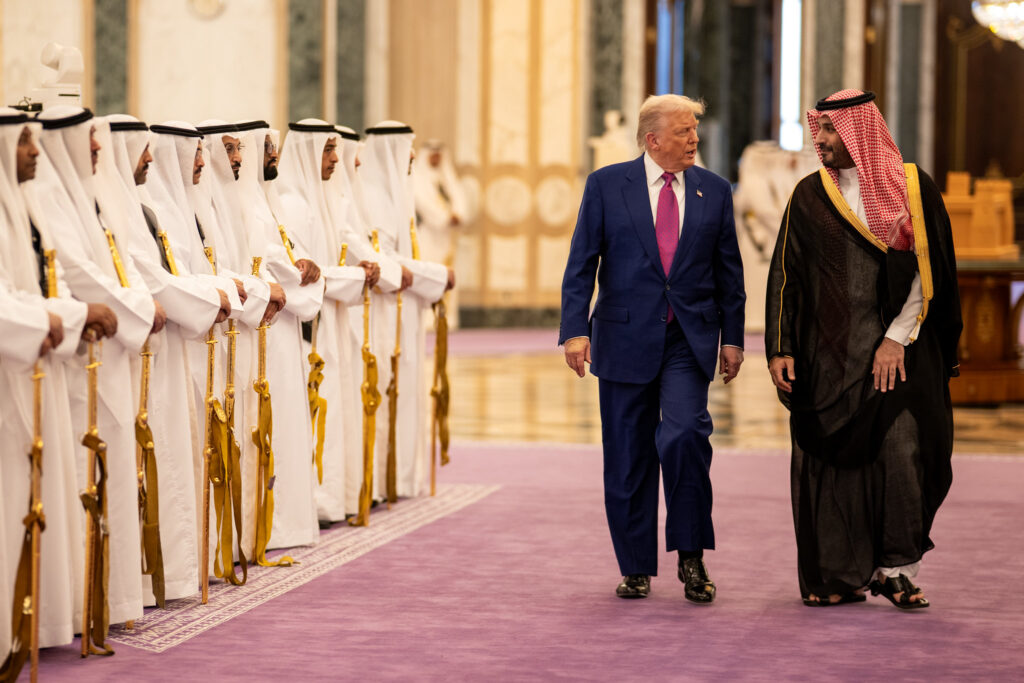
From May 13 to 16, US President Donald Trump completed his first diplomatic visit of his second term in Saudi Arabia, Qatar and the United Arab Emirates, signalling that these countries hold personal significance for him – not just for the United States. The outcomes of the visit provided the leaders of these states with an opportunity to showcase a broad convergence of interests.
It is increasingly evident that the President and his administration are signalling Washington’s intention to reshape the framework of regional alliances, potentially by reducing its reliance on Israel.
The central focus of the high-profile visit – Trump’s first foreign trip since returning to the White House – was a series of joint declarations about intentions to promote economic deals, primarily in the defence and technology sectors, totalling an unprecedented amount of approximately US$2 trillion. These deals, which have yet to be formally signed, were outlined in cooperation with Saudi Arabia, Qatar, and the UAE.
Saudi Arabia: On the table are arms deals, Saudi investments in the United States, collaboration in the oil market and in AI technology, a defence pact, and also nuclear cooperation. In this context, and contrary to earlier reports, Saudi Arabia has not yet received approval for a nuclear program, and no significant agreement on this issue was signed during the visit.
Qatar: Discussions centered on expanding defence cooperation and investments in the United States, including a mega-deal to purchase aircraft from Boeing valued at about $100 billion. According to the White House statement, President Trump signed an agreement with Qatar to promote mutual trade worth at least US$1.2 trillion.
United Arab Emirates: Deals worth $200 billion were advanced, mainly involving cooperation in the AI field. Efforts were also made to promote a security agreement, alongside US expectations for massive investments amounting to US$1.4 trillion from the UAE in American technology over several years.
Throughout the visit, the Gulf monarchs’ desire to bestow Trump with royal honours was especially prominent, and it appeared that a competition was underway among them for the president’s favour, with each striving to outdo the others in the respect and benefits it offered to him. Trump, for his part, did not hold back in showering praise on his hosts, emphasising his deep appreciation for their leadership and accomplishments. All sides presented the visit as an exceptional success.
It is evident that Trump views close relations with the Gulf states as a significant contribution to US interests, a view shared by the Gulf countries themselves, which are eager to open a new chapter and deepen ties with the United States. The main beneficiary of this development – alongside Trump – is Saudi Crown Prince Muhammad bin Salman, who gained recognition for both himself and his country as having an upgraded status and as being a central pillar for the United States in the Arab world and the region as a whole.
The visit helped both sides advance their goals on the diplomatic front as well:
Mutual influence on regional policy – In order to tighten their relations with the United States, the Gulf states are also required to reduce, to some extent, their ties with China, thereby addressing key American interests.
The struggle for regional status vis-à-vis Iran – The visit allowed the Gulf states to leverage their ties with the United States to showcase their ability to set the regional agenda concerning Iran – at least during Trump’s term. In return for the mega-deals, they expect the United States to take steps to guarantee their security.
Willingness to coordinate energy policy as much as possible – Trump places great importance on oil prices, while for the Gulf states, a key goal is to influence oil prices in exchange for security guarantees.
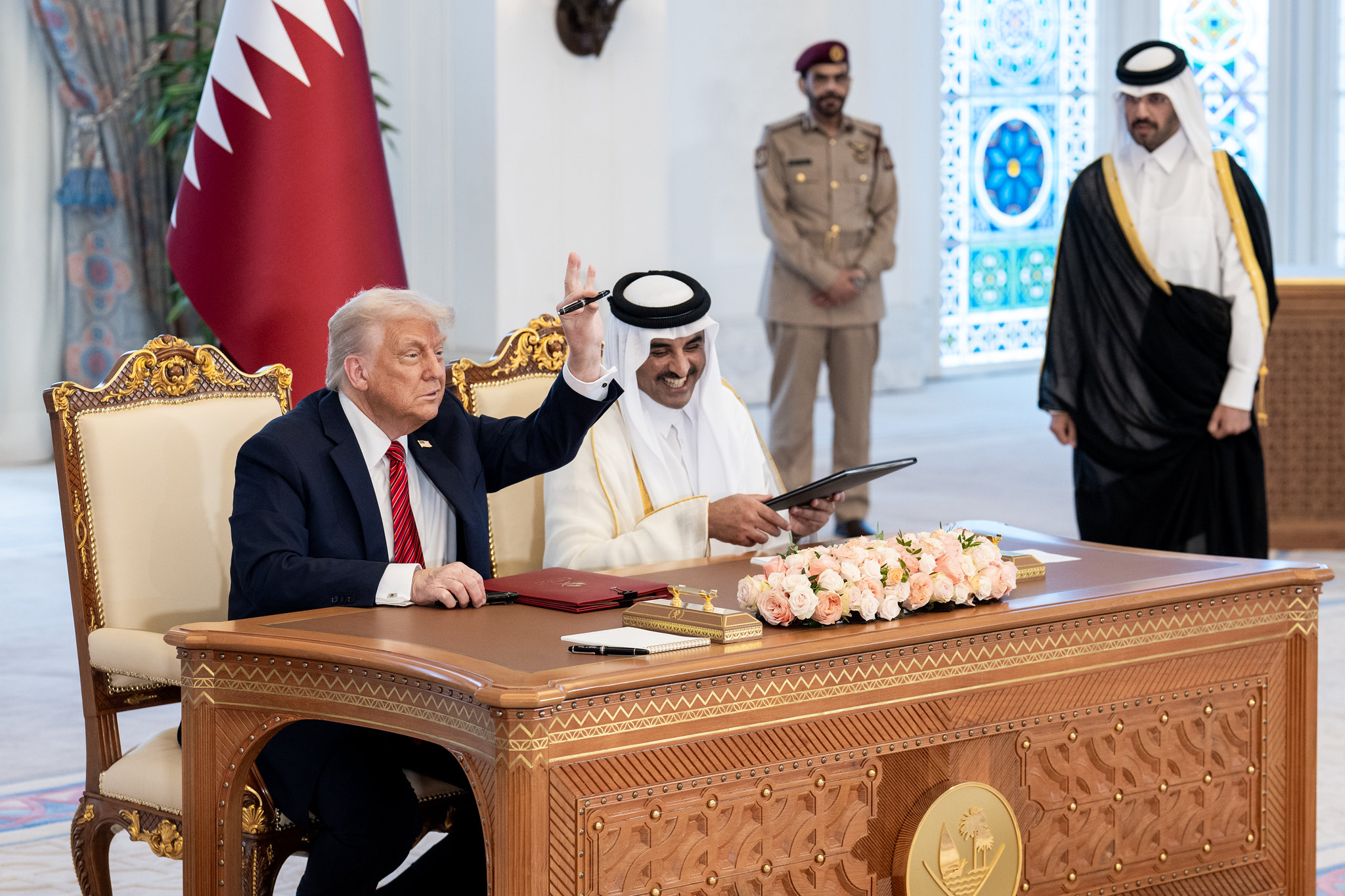 |
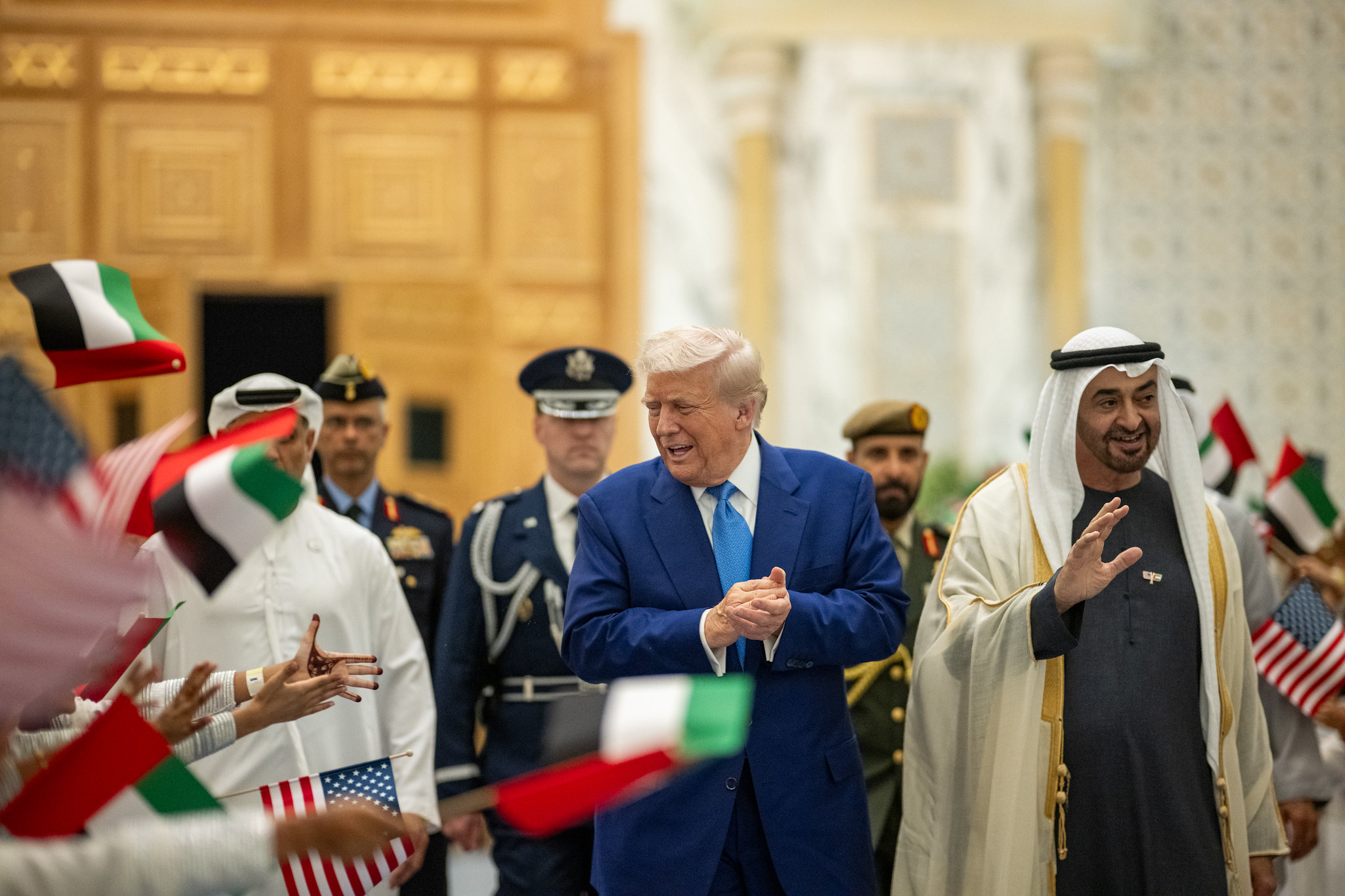 |
| Trump revelled in the pageantry afforded him in (from top) Qatar and the UAE (Images: Whitehouse.gov/ Flickr) |
During the visit, Trump’s emphasis on reshaping the regional alliance structure became evident, particularly through his calls for conflict resolution and the promotion of stability, which he sees as vital to achieving his administration’s economic goals.
In this context, one of the most striking developments was Trump’s dramatic decision – encouraged by Saudi Arabia and Turkey – to meet with Syrian President Ahmed al-Sharaa and his announcement lifting all of the US sanctions imposed on Syria since 2019. Trump described the move as giving Syria a chance to prosper and clarified that it marked a first step toward normalisation between the United States and the new Syrian regime.
In parallel, the visit included extensive discussions on Iran and the war between Israel and Hamas. In both cases, Trump expressed a desire to pursue novel and unconventional solutions, favouring negotiation over military action:
Iran – The Gulf states urged Trump to reach a nuclear agreement with Iran to reduce the threat of war, which could undermine their economies and stability. Trump made it clear that he is not interested in military action against Iran and expressed optimism about the ongoing negotiations between the United States and Iran. However, he stressed that if the talks fail, the alternative would be increased economic and military pressure on Iran (although he refrained from specifying the nature of any military action).
The war in the Gaza Strip – Throughout the visit, the Trump Administration’s efforts to advance a hostage deal between Israel and Hamas – including a ceasefire and planning for a post-war phase – were unsuccessful. The Gulf states, for their part, emphasised the need to pressure Israel to end the war, with Saudi Arabia requesting that the issue of normalisation with Israel be postponed for the time being. Although Trump reiterated his hope that more countries – especially Saudi Arabia – would join the Abraham Accords, the Administration appears to assess that such prospects remain limited without a major shift in the situation in Gaza.
From the leaders’ statements during the visit, it is evident that both the US Administration and the Gulf states that Trump visited were pleased with their alignment on a wide range of visible issues. However, the practical implications of this alignment will be tested over time. Several potential areas of friction can already be identified:
Oil production and pricing – The US administration expects increased oil output and a subsequent drop in prices. The Gulf states, led by Saudi Arabia, responded to the demand and acted to increase production. However, due to economic pressures – especially in Saudi Arabia – and low oil prices, sustaining this level of output may prove difficult. The Saudi oil company Aramco has reported poor performance due to declining prices and is evidently struggling to implement planned projects. Thus, low oil prices and economic stress may hinder the Kingdom’s ability to fulfill its commitments to the United States.
Policy toward Iran – All Gulf states wish to avoid escalation with Iran and, for their own reasons, maintain a good relationship with it. Saudi Arabia seems to have learned a lesson from Trump’s first term, during which it participated in the “maximum pressure” strategy against Iran and suffered for it. From Riyadh’s perspective, that strategy was ineffective, and, in addition, Saudi Arabia was the target of an Iranian missile attack, with no American defence forthcoming. Therefore, a US decision to attack Iran using bases in the Gulf could provoke conflict between regional states and the administration.
The war in Gaza and the desire to bring Saudi Arabia into the Abraham Accords – The prolonged conflict, and especially the worsening humanitarian situation in Gaza, could generate domestic pressure on Arab regimes. As a result, they used the visit to press President Trump on the issue. Indeed, he voiced criticism of the humanitarian situation, including his statement that “a lot of people are starving” in Gaza, and that the situation needs to be “taken care of.” In any case, Trump’s ambition to convince Saudi Arabia to join the Abraham Accords will not be realised as long as Riyadh is uncomfortable with the situation in Gaza and Israel remains reluctant to commit to a political resolution of the Palestinian issue.
Although Trump’s visit to the Gulf focused on strengthening alliances between the United States and the regional states – within which Israel is a significant player – he did not include Israel in his itinerary. While he emphasised the importance of comprehensive regional normalisation, Israel’s absence contributed to a sense of exclusion from the dramatic diplomatic processes unfolding. This omission created the impression that the President and his Administration may be signalling to the Israeli government that Washington aims to reshape regional alliances – possibly even by reducing its reliance on Israel.
It is worth noting that Israel was not the only party left out. Other key Arab leaders – most notably from Egypt and Jordan – who had been invited to Gulf summits during Trump’s 2017 visit were also excluded this time.
Col. (res.) Eldad Shavit is a Senior Researcher at the Institute for National Security Studies (INSS) at Tel Aviv University. Dr Yoel Guzansky is a senior researcher and head of the Gulf Program at INSS. © INSS (INSS.org), reprinted by permission, all rights reserved.
Tags: Gulf states, Middle East, Qatar, Saudi Arabia, UAE, United States

